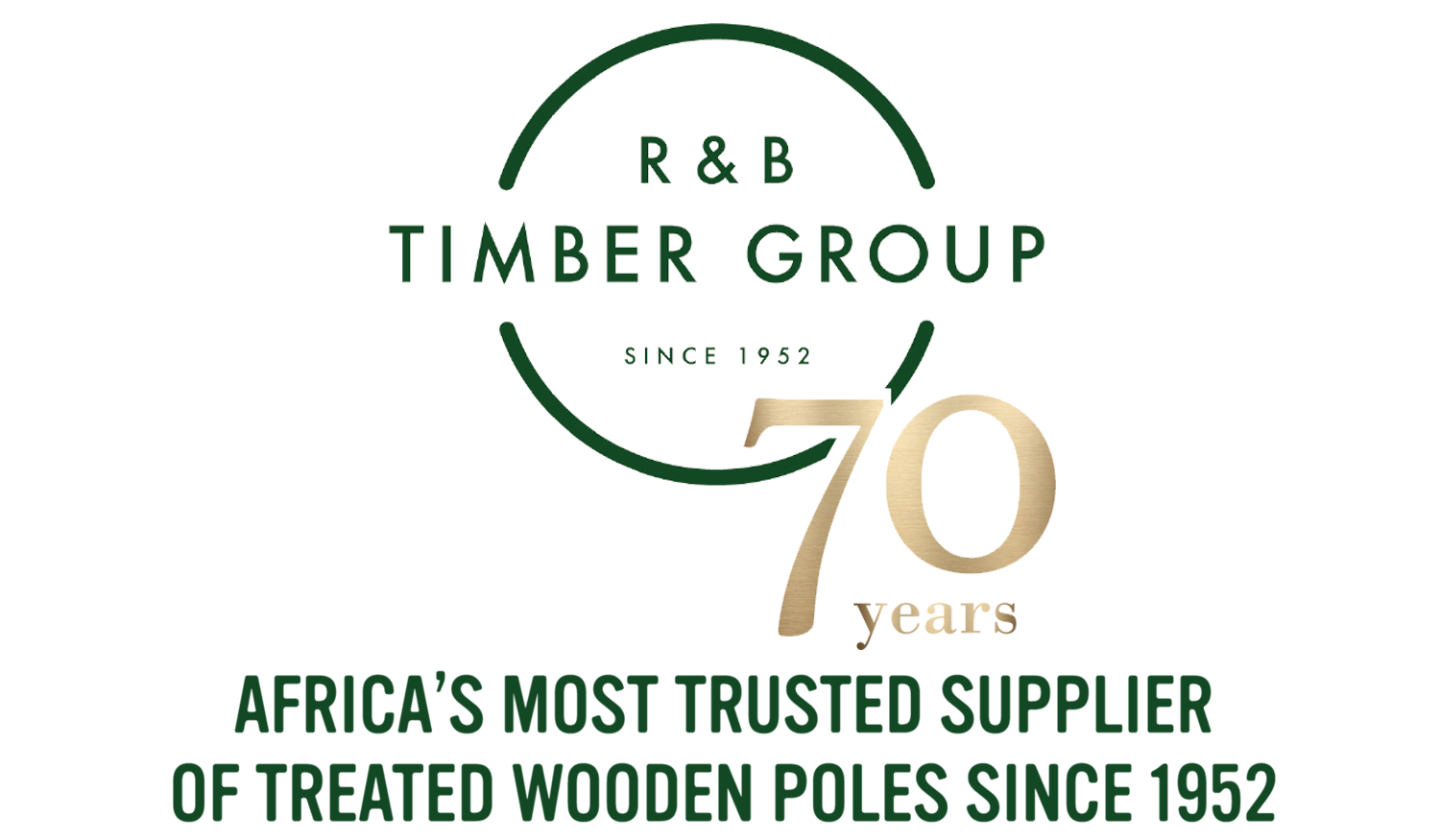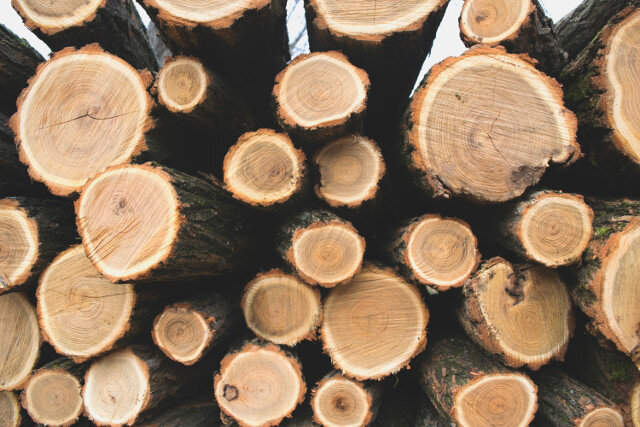10 THINGS YOU DIDN’T KNOW ABOUT SA’S TIMBER INDUSTRY
While the United States and Canada might be known for their rich timber supply and use of timber in virtually anything they build, the average South African joe knows little about the timber industry burgeoning right in their backyard. Here are 10 little known facts about South Africa’s timber industry:
SA's Timber Industry
South Africa’s forest resources cover less than 1% of the total land area of the country with most of the industry focussed around KwaZulu Natal and Mpumalanga. Durban port provides easy access for exporting of treated poles and timber products, allowing KZN products to maintain a competitive edge in the marketplace.
The contribution of forestry products to the country’s manufacturing GDP sits at around 5% and at 10% of South Africa’s agricultural GDP. The industry is responsible for employing some 150,000 workers.
Timber from South Africa, primarily in the form of treated poles, supplies much of Africa. Our wood is exported to countries all over the continent, from the northern reaches of Morocco, Senegal and Ethiopia, to the West Coast, including Angola, Cameroon and Namibia, through to the East and Tanzania and Mozambique and even off shore to Madagascar and Mauritius!
South Africa has strict forestry laws which prohibit the cutting or damaging of protected trees. Of the over 1,700 trees and shrubs found in South Africa, around 50 species are protected, including a variety of Yellowwood species, the infamous Marula, and some mangroves.
One of the mandates that is very important to South Africa’s forestry industry is creating a sustainable industry through community involvement, ultimately leading to economic development and poverty alleviation. To promote these concerns South Africa hosts an Arbor Week in early September, encouraging communities and schools to get involved planting trees.
South Africa’s wood is used to create a variety of products, such as wood trusses, treated wooden poles used in fencing and for utilities, pulp for boxes, newspaper, paper and paper bags, thermoplastic products and even green energy products.
The types of trees that primarily grow in South Africa’s plantations include wattle, eucalyptus and pine.
As a renewable resource, the forestry industry aims to be as socially, environmentally and economically responsible as possible. In fact, South Africa boasts the highest degree of forest certification in the world.
There are 11 large scale timber companies in South Africa but 1,100 medium-scale business or sole proprietors and 25,000 individual growers!
On average 30% of forestry land remains unplanted in South Africa, allowing space for conservation and recreation.
Wood is used to create a variety of products


